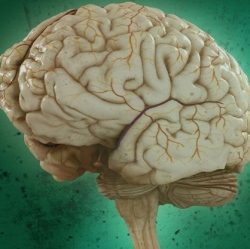
A drastic procedure called a corpus callosotomy, first used as a treatment for severe epilepsy in the 1940s, disconnects the two sides of the neocortex, the home of language, conscious thought and movement control.
There are fewer than a dozen “split-brain” surviving patients, and now their numbers are dwindling.
Michael Gazzaniga, a cognitive neuroscientist at the University of California, Santa Barbara, and the godfather of modern split-brain science, says that even after working with these patients for five decades, he still finds it thrilling to observe the disconnection effects first-hand.
The surgery, already quite rare, has been replaced by drug treatments and less drastic surgical procedures. Meanwhile, imaging technologies have become the preferred way to look at brain function, as scientists can simply watch which areas of the brain are active during a task.
